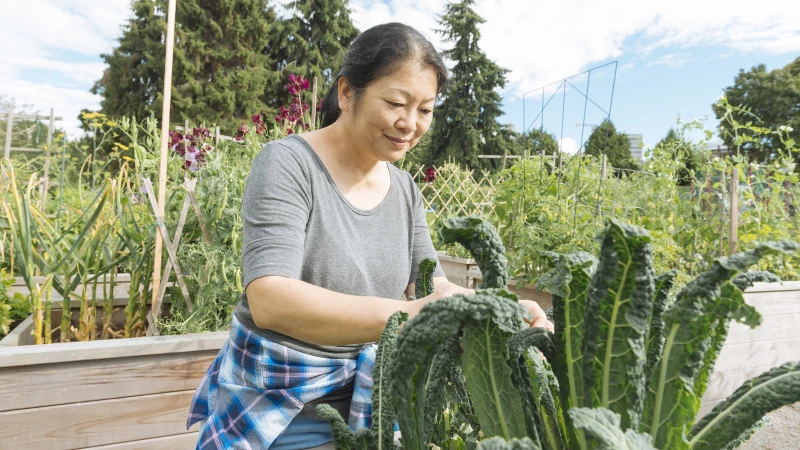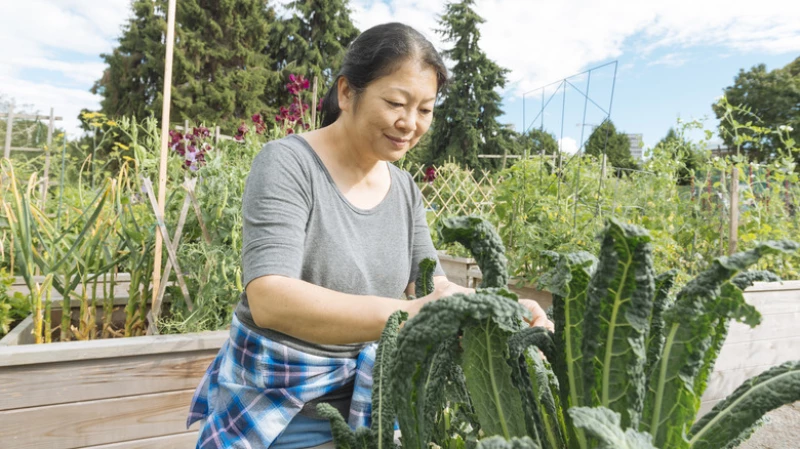Growing Kale: Challenges and Rewards
You're embarking on a kale-growing journey in your garden, a decision that promises both challenges and rewards. Kale, a member of the cabbage family, is a popular choice for gardeners due to its rich nutrient profile and versatility in the kitchen. However, like any gardening endeavor, growing kale comes with its own set of pitfalls. Some common mistakes often involve overlooking crucial aspects of cultivation, such as seed selection, soil preparation, and pest and disease management.
Overlooking soil preparation
The second most crucial aspect of growing kale is soil preparation. Dealing with soil might not be the most glamorous part of gardening, but it's essential for a thriving kale crop. First, test your soil. Kale prefers a slightly acidic to neutral pH level that's between 6.0 and 7.5. If your soil is outside this range, consider adding lime to increase the pH or sulfur to decrease it. Next, focus on improving the fertility and structure of the soil. Kale grows best in fertile soil that's rich in organic matter. Add some compost (around one to two inches) to the soil. This not only boosts the nutrient levels but also improves soil texture, ensuring better root growth and water drainage.
Neglecting pest and disease management
Let's tackle another crucial aspect of kale gardening: managing pests and diseases. It's a step you can't afford to overlook if you want a thriving garden. Remember, choosing the right seeds, as we mentioned, is your first line of defense against diseases. Quality seeds are usually pathogen-tested, significantly lowering the risk of disease from the get-go. Now, onto the active management part. You need to stay vigilant about pests and diseases that love kale just as much as you do. Regularly inspect your plants, looking for early signs of trouble, like holes in leaves, discoloration, or stunted growth. Catching these issues early is half the battle.
When it comes to keeping pests away, integrated pest management (IPM) is your best bet. IPM involves using a combination of strategies to control pests. One effective method is to introduce natural predators, such as ladybugs, to keep aphids in check. Another important technique is crop rotation. By rotating your kale with non-brassica crops, you disrupt the life cycles of pests and soil-borne pathogens, which keeps your soil healthier and your kale happier. Maintaining good garden hygiene is also crucial. A clean and tidy garden is less attractive to unwanted visitors. In the event of a severe pest or disease outbreak, organic pesticides or fungicides can be used, but it's important to use them wisely and follow the manufacturer's instructions. The goal is to effectively control pests and diseases without harming beneficial insects and plants in your garden.









